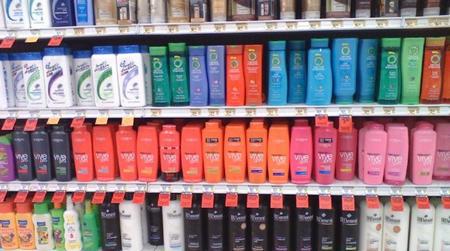There are three main types of distribution in international market including intensive, selective and exclusive distribution. This article mainly deals with Intensive distribution.
Intensive distribution mainly means distribution on a large-scale and displaying the product in as many ways and places as possible so that the customer sells in high volume due to large scale distribution. The chosen level of distribution generally depends on different factors such as the production capacity, the size of the target market, pricing and promotion policies as well as the seasonal requirement of the product by the end user.
Objective of intensive distribution
The objective of intensive distribution is providing a vast coverage of the existing market by using all available outlets. Intensive distribution is most commonly used when the product is a very common product in the market and there are many different alternatives available. So, if the customer does not buy your brand, he will buy someone else’s. Hence the complete push is towards vast distribution of the product due to which the intensive distribution strategy is used.
As total sales are directly linked to the number of outlets displaying the products (example – cigarettes, alcoholic products, soft drinks, soaps etc), intensive distribution is heavily applied in product driven companies like FMCG as well as consumer durable.
This strategy covers all the possible outlets and display points that can distribute and sell the products. Hence, for this kind of products, the key to success relies on the distribution strategy. The easier it is to find the product for the customer, the more profit the company will get in the long run.
Any possible outlet where the customer is expected to visit is also an outlet for the distribution of the respective product. For example – it is not necessary that outlets be strictly physical showrooms. Even E-commerce is an outlet because end customers can buy products online as well.
Likewise, these products are available in the restaurants or in five star hotels as well as being available on countless kiosks, sweet shops, tea shops and so on.
In other terms, an intensive distribution strategy is a plan that places products in many different locations for distribution. Products that are used every day and replaced often may be found in dozens of different retail outlets in any given area.
A customer seldom has to go out of his or her own way to find her favorite brand of toothpaste because of the intensive distribution that is in place by companies like HUL, P&G, Colgate and others. Other common products that benefit from intensive distribution include soap, deodorant, laundry, detergent, feminine hygiene products, soft drinks and cigarettes.
The company that produces the product on the first place benefits greatly from intensive distribution. This is because they get the first mover advantage and can place the product before anyone else. It can easily become the recipient of brand loyalty.
For the retailers, the benefit of keeping more brands is because they get the reputation of carrying more items in their display and hence, more customers are bound to visit the retailers. It increases customer satisfaction and allows the retailer to establish a positive reputation with producers and customers alike.
Advantages of intensive distribution
The advantage of applying an intensive distribution strategy is in generating revenue, product awareness and pushing for impulse buying.
- As more products are sold, more money is earned.
- As more locations carry the products, the more opportunities there are for manufacturers to make profit.
- As the product is in as many locations as possible, it will raise awareness concerning the product. Thus, customers begin to associate commercials and print ads with products regularly seen in stores.
- Lastly, when one of the products is not available on the shelves of a store, customers will usually select another brand rather than going to another store. This benefits the retailers also.
However, as revenue generation represents one of the advantages of this strategy, at the same time it can represent a disadvantage, as sales vary by retail location, and hence your exposure may become large in an area where sales are not high, thereby causing losses. But overall, you tend to profit when using intensive distribution strategy.
Liked this post? Check out the complete series on Distribution

needed to know whether distribution add costs or value to companies
It adds both – Costs as well as value to the business. I think if you look at it, all good things have a cost associated with it. :)
I am a purchasing and supply chain management student …and I enjoy reading about industrial marketing and ways of penetrating the market.
This quite insightful, how can one achieve efficiency while applying intensive distribution on a lean product line?